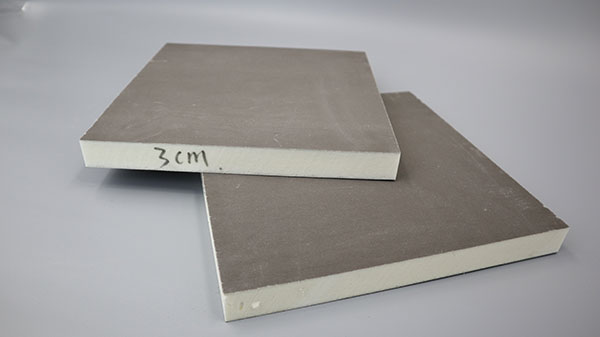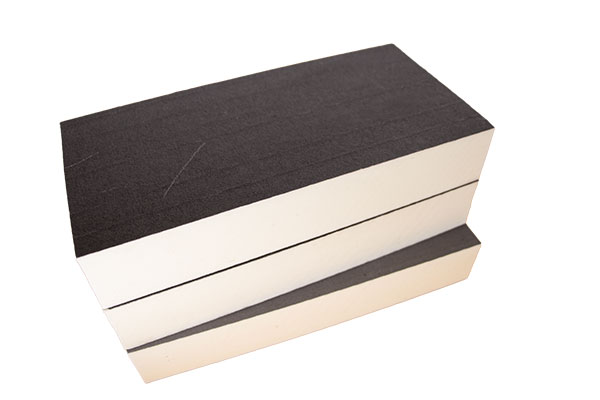A polyisocyanurate board (often called PIR board o poliiso) is a high-performance insulation panel used in buildings to save energy. Made by reacting special chemicals into a rigid foam, it’s covered with protective layers on both sides. Think of it as a “thermal shield” that keeps heat inside during winter and blocks heat during summer.
Why Choose PIR Boards? Key Benefits
Polyisocyanurate insulation stands out for three reasons:
1.Unbeatable Thermal Efficiency
PIR has the highest R-value per inch (up to R-6.5) among common insulations. This means thinner panels provide the same insulation as thicker alternatives like EPS or mineral wool.
2.Built-in Fire Safety
Unlike some foams, polyisocyanurate boards self-extinguish when exposed to flame. They meet strict building fire codes, making them safer for roofs and walls.
3.Eco-Friendly & Cost-Saving
By reducing energy waste by 30-50%, PIR lowers CO₂ emissions. Less material is needed versus lower-efficiency options, saving resources over time.
Where is PIR Board Used?
Polyisocyanurate’s versatility makes it ideal for:
- Commercial flat roofs
- Wall cavities & exterior sheathing
- Cold storage facilities
- Renovation projects
PIR vs. Other Insulations
Compared to materials like EPS (expanded polystyrene) or XPS (extruded polystyrene):
✅ Higher R-value = Better insulation with less space
✅ Stronger fire resistance
✅ Lower environmental impact
FAQs About Polyisocyanurate Boards
Q: Is PIR waterproof?
A: While the foam resists moisture, edges must be sealed during installation for full protection.
Q: How long does PIR last?
A: Properly installed polyisocyanurate boards maintain performance for 50+ years.
Q: Can homeowners install PIR boards?
A: Professional installation is recommended for optimal safety and efficiency.

